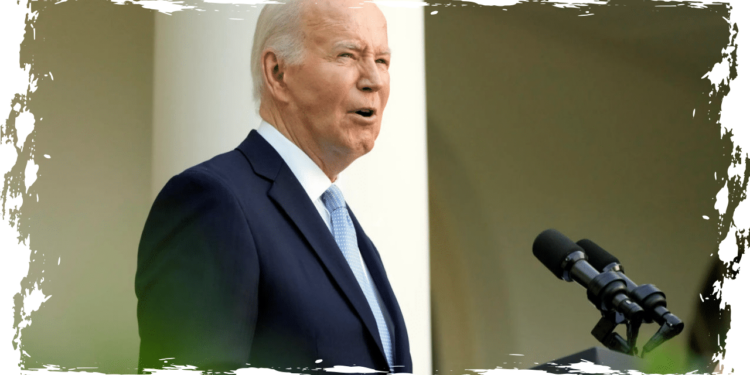The Biden administration announced on Tuesday that it is tapping into a Northeast reserve, initially created after Superstorm Sandy, to release 1 million barrels of gasoline. The goal behind this move is to alleviate the rising prices at gas stations during the summer season.
The Energy Department announced that it will be selling barrels of gasoline from storage sites in New Jersey and Maine. The sale will be done in increments of 100,000 barrels, and a competitive bidding process will be implemented to ensure that gasoline can be readily available to local retailers before the July 4 holiday. This approach aims to maintain competitive prices for consumers.
The Department’s decision aims to reduce expenses for American families and consumers. It is in compliance with Congress’ directive to sell off the ten-year-old Northeast reserve and subsequently shut it down. This requirement was included in a spending agreement that Congress passed in March to prevent a partial government shutdown.
The Energy Department has announced the sale of 1 million barrels, equivalent to approximately 42 million gallons. This sale has been strategically timed to bring relief to motorists as the summer driving season gets underway.
Gasoline prices across the country are currently averaging around $3.60 per gallon, which marks a 6 cent increase compared to the same time last year, as reported by AAA. In an effort to address the issue of inflation, which is seen as a potential liability for the party in power during an election year, tapping into the gasoline reserves is one of the few actions a president can take independently.
“The Biden-Harris administration has a strong focus on reducing fuel prices for American families, particularly during the summer driving season,” emphasized Energy Secretary Jennifer Granholm. She further stated, “By strategically releasing this reserve between Memorial Day and July 4th, we are guaranteeing an adequate supply of fuel to the tri-state and Northeast regions when hardworking Americans require it the most.”
White House Press Secretary Karine Jean-Pierre emphasized that the release of gas from the Northeast reserve is a continuation of President Joe Biden’s efforts to reduce gas and energy costs. She highlighted the administration’s previous actions, including historic releases from the Strategic Petroleum Reserve and the significant investment in clean energy.
In 2022, President Biden took a significant step by depleting the Strategic Petroleum Reserve in response to Russia’s invasion of Ukraine. This action resulted in the stockpile reaching its lowest level since the 1980s. By doing so, the president aimed to stabilize the escalating gasoline prices that were a consequence of the ongoing conflict in Europe. However, Republicans criticized this move, accusing the Democratic president of exploiting a reserve that is intended for national emergencies for political gain.
The Biden administration has already started replenishing the oil reserve, which currently holds over 367 million barrels of crude oil as of last week. Although this amount is lower than the levels before the Russia-Ukraine war, it still remains as the world’s largest emergency crude oil supply.
The Energy Department has specified that the Northeast sale necessitates the transfer or delivery of fuel by June 30th.
Congressional Republicans have been critical of the Northeast reserve, established by former President Barack Obama, arguing that Congress should have been responsible for creating such a stockpile. According to a 2022 report from the Government Accountability Office, the gasoline reserve, which has yet to be utilized, would offer limited relief in the event of a significant shortage. Maintaining the reserve incurs an annual cost of approximately $19 million.
According to GasBuddy analyst Patrick De Haan, the sale of the Northeast reserve would not have a significant impact on gasoline prices across the country. However, he mentioned that there might be a slight decrease in prices in the Northeast region. De Haan pointed out that the million-barrel reserve is only equivalent to approximately 2.7 hours of total U.S. gasoline consumption.
In an interview with the Associated Press, De Haan, an analyst, expressed his skepticism about the necessity of maintaining the gasoline reserve. He pointed out that the reserve is relatively small and needs to be regularly rotated due to the limited shelf life of gasoline. According to De Haan, this is why the United States is one of the few countries that have an emergency stockpile of gasoline, as it is not a common practice globally.
According to the speaker, the Strategic Petroleum Reserve holds a significantly larger amount of oil required in case of an emergency.










